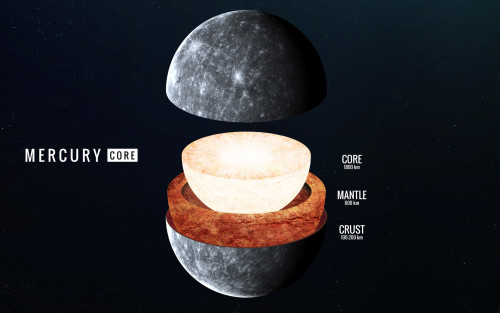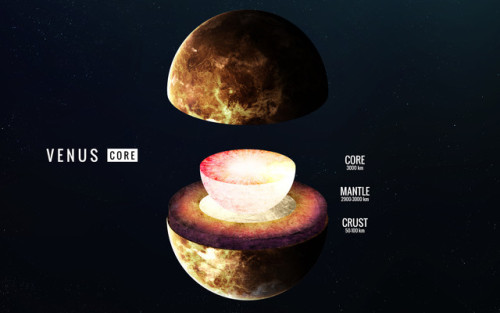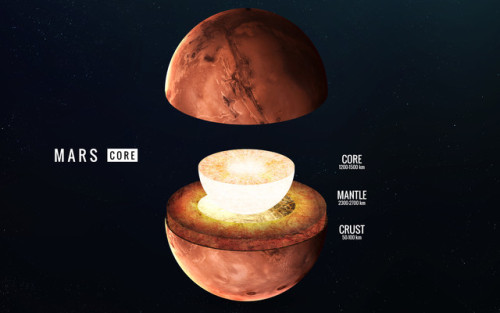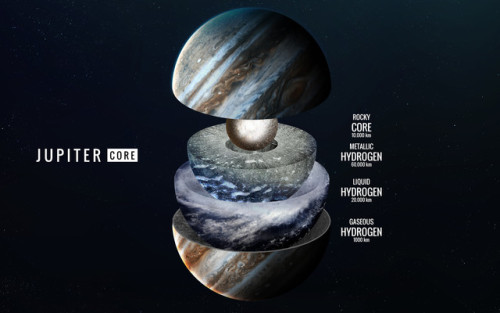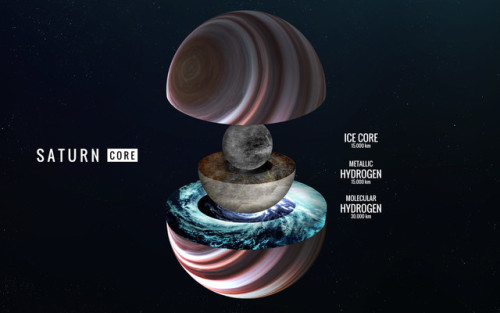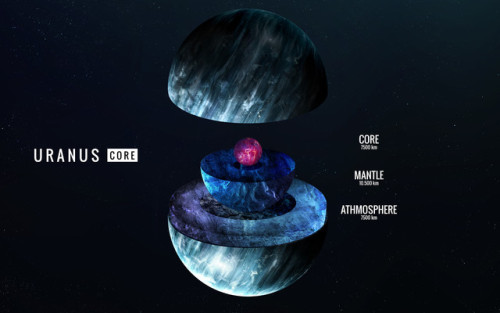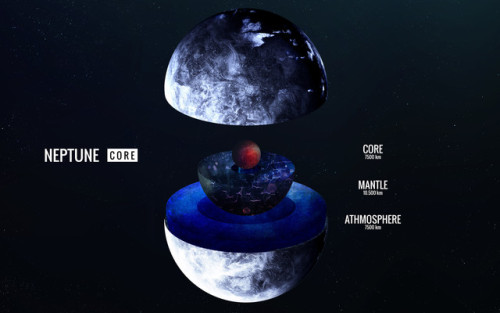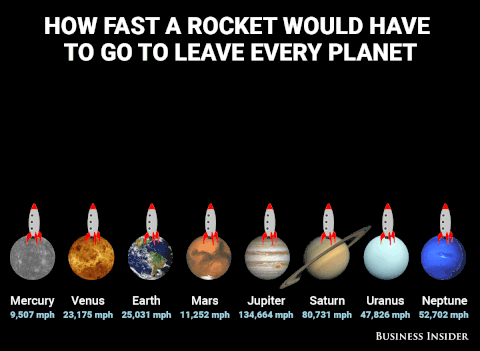I'm Reading Starlight Detectives Pretty Hard Cuz New Episode Goes Up On Monday And Let Me Tell You, I
I'm reading Starlight Detectives pretty hard cuz new episode goes up on Monday and let me tell you, I now have a very deep appreciation for the photographs we have of space.

Small Magellanic Cloud: Stunning Infrared Image
For the love of all that’s good and proper click here and zoom way into this image. It’s more than beautiful. The fact that it’s infrared means that we’re able to see past a lot of the dust that would otherwise block our view.
(Image credit: ESA/VISTA)
More Posts from Fillthevoid-with-space and Others
Hubble Hones In on a Hypergiant's Home
NASA - Hubble Space Telescope patch. March 10, 2017
This beautiful Hubble image reveals a young super star cluster known as Westerlund 1, only 15,000 light-years away in our Milky Way neighborhood, yet home to one of the largest stars ever discovered. Stars are classified according to their spectral type, surface temperature, and luminosity. While studying and classifying the cluster’s constituent stars, astronomers discovered that Westerlund 1 is home to an enormous star. Originally named Westerlund 1-26, this monster star is a red supergiant (although sometimes classified as a hypergiant) with a radius over 1,500 times that of our sun. If Westerlund 1-26 were placed where our sun is in our solar system, it would extend out beyond the orbit of Jupiter.
Hubble orbiting Earth
Most of Westerlund 1’s stars are thought to have formed in the same burst of activity, meaning that they have similar ages and compositions. The cluster is relatively young in astronomical terms —at around three million years old it is a baby compared to our own sun, which is some 4.6 billion years old. For images and more information about Hubble, visit: http://hubblesite.org/ http://www.nasa.gov/hubble http://www.spacetelescope.org/ Image, Video, Credits: ESA/Hubble & NASA/Text Credits: European Space Agency/NASA/Karl Hille. Best regards, Orbiter.ch Full article
Celebrating 17 Years of NASA’s ‘Little Earth Satellite That Could’
The satellite was little— the size of a small refrigerator; it was only supposed to last one year and constructed and operated on a shoestring budget — yet it persisted.
After 17 years of operation, more than 1,500 research papers generated and 180,000 images captured, one of NASA’s pathfinder Earth satellites for testing new satellite technologies and concepts comes to an end on March 30, 2017. The Earth Observing-1 (EO-1) satellite will be powered off on that date but will not enter Earth’s atmosphere until 2056.
“The Earth Observing-1 satellite is like The Little Engine That Could,” said Betsy Middleton, project scientist for the satellite at NASA’s Goddard Space Flight Center in Greenbelt, Maryland.
To celebrate the mission, we’re highlighting some of EO-1’s notable contributions to scientific research, spaceflight advancements and society.
Scientists Learn More About Earth in Fine Detail

This animation shifts between an image showing flooding that occurred at the Arkansas and Mississippi rivers on January 12, 2016, captured by ALI and the rivers at normal levels on February 14, 2015 taken by the Operational Land Imager on Landsat 8. Credit: NASA’s Earth Observatory
EO-1 carried the Advanced Land Imager that improved observations of forest cover, crops, coastal waters and small particles in the air known as aerosols. These improvements allowed researchers to identify smaller features on a local scale such as floods and landslides, which were especially useful for disaster support.

On the night of Sept. 6, 2014, EO-1’s Hyperion observed the ongoing eruption at Holuhraun, Iceland as shown in the above image. Partially covered by clouds, this scene shows the extent of the lava flows that had been erupting.
EO-1’s other key instrument Hyperion provided an even greater level of detail in measuring the chemical constituents of Earth’s surface— akin to going from a black and white television of the 1940s to the high-definition color televisions of today. Hyperion’s level of sophistication doesn’t just show that plants are present, but can actually differentiate between corn, sorghum and many other species and ecosystems. Scientists and forest managers used these data, for instance, to explore remote terrain or to take stock of smoke and other chemical constituents during volcanic eruptions, and how they change through time.
Crowdsourced Satellite Images of Disasters

EO-1 was one of the first satellites to capture the scene after the World Trade Center attacks (pictured above) and the flooding in New Orleans after Hurricane Katrina. EO-1 also observed the toxic sludge in western Hungary in October 2010 and a large methane leak in southern California in October 2015. All of these scenes, which EO-1 provided quick, high-quality satellite imagery of the event, were covered in major news outlets. All of these scenes were also captured because of user requests. EO-1 had the capability of being user-driven, meaning the public could submit a request to the team for where they wanted the satellite to gather data along its fixed orbits.

This image shows toxic sludge (red-orange streak) running west from an aluminum oxide plant in western Hungary after a wall broke allowing the sludge to spill from the factory on October 4, 2010. This image was taken by EO-1’s Advanced Land Imager on October 9, 2010. Credit: NASA’s Earth Observatory
Artificial Intelligence Enables More Efficient Satellite Collaboration

This image of volcanic activity on Antarctica’s Mount Erebus on May 7, 2004 was taken by EO-1’s Advanced Land Imager after sensing thermal emissions from the volcano. The satellite gave itself new orders to take another image several hours later. Credit: Earth Observatory
EO-1 was among the first satellites to be programmed with a form of artificial intelligence software, allowing the satellite to make decisions based on the data it collects. For instance, if a scientist commanded EO-1 to take a picture of an erupting volcano, the software could decide to automatically take a follow-up image the next time it passed overhead. The Autonomous Sciencecraft Experiment software was developed by NASA’s Jet Propulsion Laboratory in Pasadena, California, and was uploaded to EO-1 three years after it launched.

This image of Nassau Bahamas was taken by EO-1’s Advanced Land Imager on Oct 8, 2016, shortly after Hurricane Matthew hit. European, Japanese, Canadian, and Italian Space Agency members of the international coalition Committee on Earth Observation Satellites used their respective satellites to take images over the Caribbean islands and the U.S. Southeast coastline during Hurricane Matthew. Images were used to make flood maps in response to requests from disaster management agencies in Haiti, Dominican Republic, St. Martin, Bahamas, and the U.S. Federal Emergency Management Agency.
The artificial intelligence software also allows a group of satellites and ground sensors to communicate and coordinate with one another with no manual prompting. Called a “sensor web”, if a satellite viewed an interesting scene, it could alert other satellites on the network to collect data during their passes over the same area. Together, they more quickly observe and downlink data from the scene than waiting for human orders. NASA’s SensorWeb software reduces the wait time for data from weeks to days or hours, which is especially helpful for emergency responders.
Laying the Foundation for ‘Formation Flying’

This animation shows the Rodeo-Chediski fire on July 7, 2002, that were taken one minute apart by Landsat 7 (burned areas in red) and EO-1 (burned areas in purple). This precision formation flying allowed EO-1 to directly compare the data and performance from its land imager and the Landsat 7 ETM+. EO-1’s most important technology goal was to test ALI for future Landsat satellites, which was accomplished on Landsat 8. Credit: NASA’s Goddard Space Flight Center
EO-1 was a pioneer in precision “formation flying” that kept it orbiting Earth exactly one minute behind the Landsat 7 satellite, already in orbit. Before EO-1, no satellite had flown that close to another satellite in the same orbit. EO-1 used formation flying to do a side-by-side comparison of its onboard ALI with Landsat 7’s operational imager to compare the products from the two imagers. Today, many satellites that measure different characteristics of Earth, including the five satellites in NASA’s A Train, are positioned within seconds to minutes of one another to make observations on the surface near-simultaneously.
For more information on EO-1’s major accomplishments, visit: https://www.nasa.gov/feature/goddard/2017/celebrating-17-years-of-nasa-s-little-earth-satellite-that-could
Make sure to follow us on Tumblr for your regular dose of space: http://nasa.tumblr.com/.

One-year countdown to solar eclipse, August 21, 2017: path of totality overlaid on U.S. population density and interstate map.
Planets i learned about via youtube while procrastinating my english essay
Planet 55 Cancri e is basically a giant diamond. like the planet is a diamond. and it would be worth $26.9 nonillion
Planet Gliese 436 b is an ice planet that is constantly on fire do to its close proximity to its parent star. the ice doesn’t melt bc the planet’s gravity is so strong it physically prevents the ice from melting
Planet HD 189733b rains sideways glass…. constantly
Planet J1407-B has planetary rings that are 200x the size of saturn. if saturn’s ring were as big as J1407-B’s we’d be able to see them with our naked eye from earth AND they would dominate our sky and look larger than a full moon
Planet Wasp-12b rotates so close to its parent star that its slowly being consumed by the it
Planet Gliese 581c is one of the candidates for a planet that can support life however it orbits a tiny dwarf star and is tidally locked so one side is constantly subject to immense sunlight while the other is constantly in darkness. there’s a small area of the planet however, that is just the right temp to support life. u just can’t step out of said area. the skies are red and the plants would have be a black color instead of a green bc they would use infrared light for photosynthesis. (a message was actually sent to the planet in 2008 in hopes that there’s life on the planet but the message wont reach the planet until 2029).
Planet GJ 1214b is a water planet nicknamed “water world” is has no land at all and the water is so deep it goes down miles all the way to the planet’s core.
Planet Wasp-17b is the largest planet discovered thus far. its so large its existence contradicts our understanding of how planets are formed. and it has a retrograde orbit, so it orbits in the opposite direction of its parent star.
Planet HD 188753 has 3 suns you should have triple shadows and there would be almost daily eclipses. and no matter which direction u face on the planet u would always see a sunset
Planet HD106906b is the loneliest planet discovered thus far. its known as “super jupiter” bc its 11x bigger than jupiter. it orbits its parent star at a distance of 60 billion miles (which is v strange) hence why its the loneliest planet.
Planet Tres 2b is the darkest planet known. it reflects less than 1% of light (it reflects less light than coal and black acrylic paint). the tiny part of the planet that does reflect light is red making the planet glow a dim red.

This photo of Astronaut Charlie Duke’s family has been on the moon for the last 43 years.
via reddit
-
 wemustnotend liked this · 6 years ago
wemustnotend liked this · 6 years ago -
 a-bandoningg reblogged this · 6 years ago
a-bandoningg reblogged this · 6 years ago -
 a-bandoningg liked this · 6 years ago
a-bandoningg liked this · 6 years ago -
 simurg12 liked this · 7 years ago
simurg12 liked this · 7 years ago -
 architect-of-light liked this · 7 years ago
architect-of-light liked this · 7 years ago -
 arte-et--marte reblogged this · 7 years ago
arte-et--marte reblogged this · 7 years ago -
 plantwithanxiety reblogged this · 7 years ago
plantwithanxiety reblogged this · 7 years ago -
 plantwithanxiety liked this · 7 years ago
plantwithanxiety liked this · 7 years ago -
 karedeoz liked this · 7 years ago
karedeoz liked this · 7 years ago -
 apodreces liked this · 7 years ago
apodreces liked this · 7 years ago -
 yugenelpida-blog reblogged this · 7 years ago
yugenelpida-blog reblogged this · 7 years ago -
 itsyaboiiskinnypenis liked this · 7 years ago
itsyaboiiskinnypenis liked this · 7 years ago -
 paradise-vvalley liked this · 7 years ago
paradise-vvalley liked this · 7 years ago -
 acidicgh0st reblogged this · 7 years ago
acidicgh0st reblogged this · 7 years ago -
 erykcanche03 liked this · 7 years ago
erykcanche03 liked this · 7 years ago -
 mossystones liked this · 7 years ago
mossystones liked this · 7 years ago -
 penmeetspage reblogged this · 8 years ago
penmeetspage reblogged this · 8 years ago -
 aboxthecolourofheartache reblogged this · 8 years ago
aboxthecolourofheartache reblogged this · 8 years ago -
 birdwithapeopleface reblogged this · 8 years ago
birdwithapeopleface reblogged this · 8 years ago -
 aaphra reblogged this · 8 years ago
aaphra reblogged this · 8 years ago -
 vacuum69-blog liked this · 8 years ago
vacuum69-blog liked this · 8 years ago -
 miscommunicates reblogged this · 8 years ago
miscommunicates reblogged this · 8 years ago -
 lawstudentsstuff liked this · 8 years ago
lawstudentsstuff liked this · 8 years ago -
 m-kv liked this · 8 years ago
m-kv liked this · 8 years ago -
 bobhascancer liked this · 8 years ago
bobhascancer liked this · 8 years ago -
 bobhascancer reblogged this · 8 years ago
bobhascancer reblogged this · 8 years ago -
 shawn1965 liked this · 8 years ago
shawn1965 liked this · 8 years ago -
 coffee-and-vroomvroom reblogged this · 8 years ago
coffee-and-vroomvroom reblogged this · 8 years ago -
 umitaldemir liked this · 8 years ago
umitaldemir liked this · 8 years ago -
 cuddlecatbugburrito liked this · 8 years ago
cuddlecatbugburrito liked this · 8 years ago -
 megomayu reblogged this · 8 years ago
megomayu reblogged this · 8 years ago -
 megomayu liked this · 8 years ago
megomayu liked this · 8 years ago -
 death-noot reblogged this · 8 years ago
death-noot reblogged this · 8 years ago -
 york-56-blog liked this · 8 years ago
york-56-blog liked this · 8 years ago -
 georgiagates17 liked this · 8 years ago
georgiagates17 liked this · 8 years ago -
 kansan reblogged this · 8 years ago
kansan reblogged this · 8 years ago -
 myrsa liked this · 8 years ago
myrsa liked this · 8 years ago
A podcast project to fill the space in my heart and my time that used to be filled with academic research. In 2018, that space gets filled with... MORE SPACE! Cheerfully researched, painstakingly edited, informal as hell, definitely worth everyone's time.
243 posts
